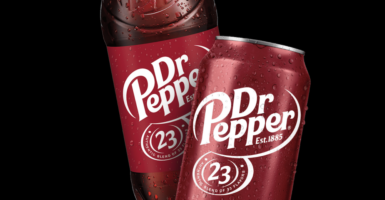The History Of Nintendo And The Best Products They Make Now
Take a look at Nintendo's history as well as the best products they make now.
This article is more than 2 years old
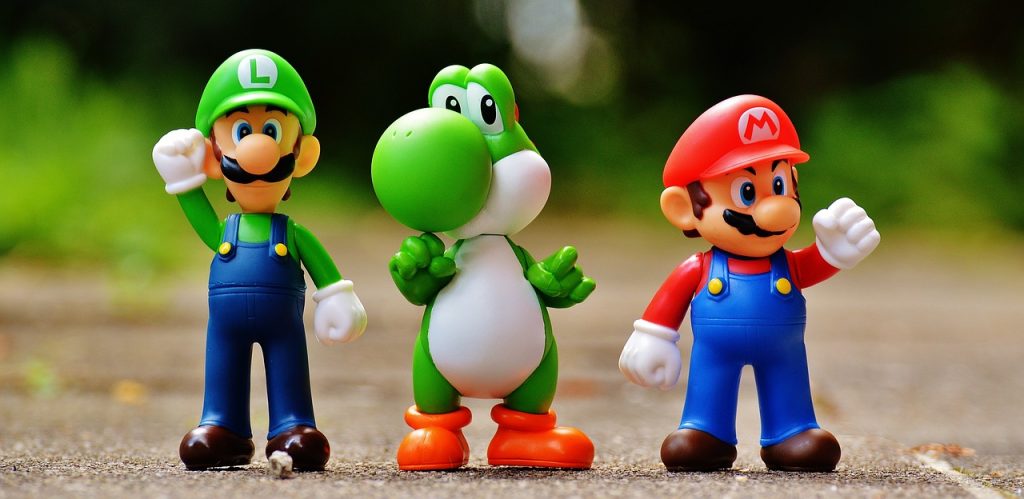
They started the video game boom and from there they built a virtual dynasty. Video games and video game systems became synonymous with the name Nintendo. The characters created by some of their popular video games became at once gorilla-sized, mushroom-eating legends.
But before that, long before what we know as the modern-day Nintendo, the company produced playing cards. What? You didn’t know that Nintendo owes its rich and popular history to playing cards?
HANAFUDA – A NINTENDO HISTORY
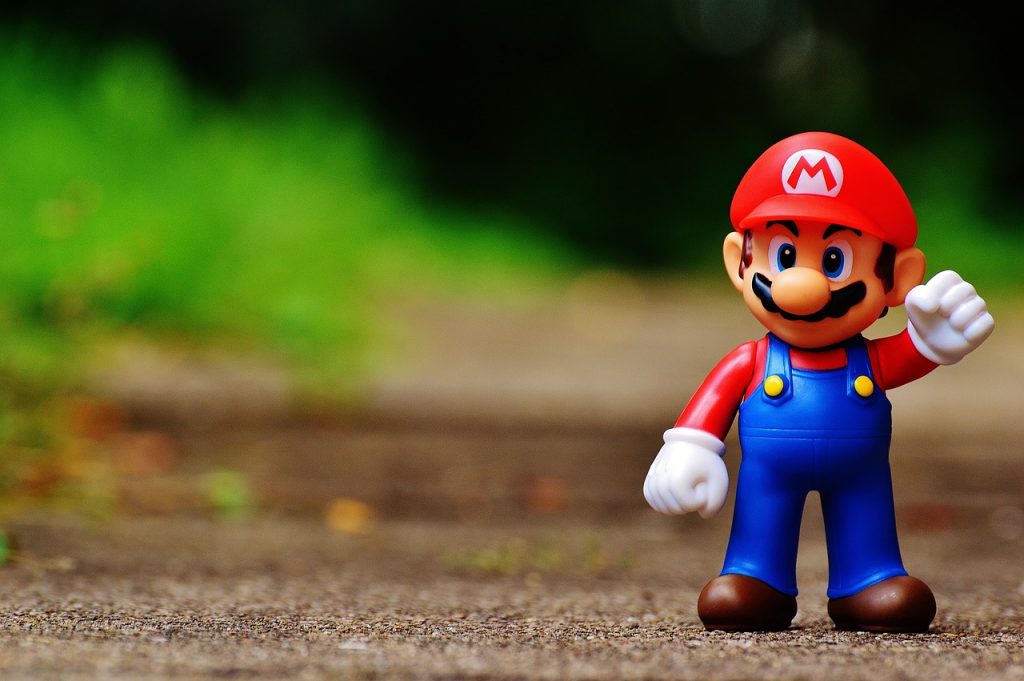
His name was Fusajiro Yamauchi and he was a businessman and crafter in 1889 in the ancient city of Kyoto, Japan (the former Imperial Capital). That same year he created Nintendo Karuta, his new business venture. Yamauchi designed brightly colored handmade playing cards called Hanafuda and sold them through his new business.
Hanafuda are playing cards but not how we view playing cards. They are not crafted with numbers, but instead, Yamauchi made these playing cards with flower designs on them. They were immediately popular in Japan. But as beautiful and popular as his cards were, they took time to create as his level of detail was so intricate.
The playing cards were influenced by traditional Japanese card games as well as the Western-style 52-deck playing cards. Hanafuda, though, was divided into twelve suits, each representing one month of the year.
As the popularity began to grow, Yamauchi began to bring in others to help him create the playing cards at a faster pace. The cards soon became so popular that they began to become associated with gambling and a certain gangster group known as the Yakuza, the Japanese mafia.
Over the years, the association of the playing cards with the Japanese mafia has turned many away from playing the game. But Nintendo Karuta continued to produce the cards until they completely fell out of favor in the mid-1960s.
Before the Hanafuda completely fell off the map, they were quite popular. They found an audience in America and in 1959, Nintendo went into business with Walt Disney to have his animated characters appear on the playing cards. By the time 1961 rolled around, Nintendo had sold over 1.5 million packs of cards. In 1963, Nintendo Karuta officially changed its name to Nintendo Co. Ltd.
A NECESSARY CHANGE OF COURSE
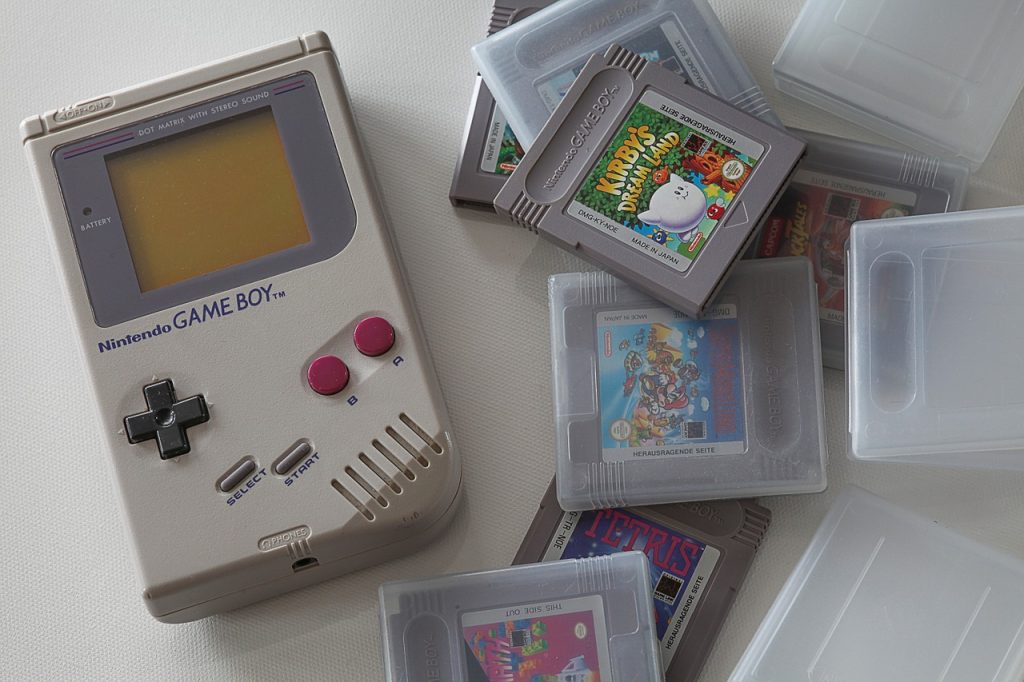
Nintendo went through a down period from 1963 through 1968 after a number of poor investments. Looking to find ways of bringing in necessary revenue, Nintendo began to test gaming. They first distributed classic tabletop games such as chess, mahjong, and shogi. They also began to venture into manufacturing electronic devices.
Nintendo’s first historic move came in the early 1970s with the release of Japan’s very first electronic toy. It was called the Nintendo Beam Gun, an optoelectronic pistol that sold out immediately. In all, the Beam Gun sold over a million units.
Nintendo knew they were on to something. They teamed up with Magnavox and produced a light gun controller for the video game console, the Magnavox Odyssey.
Things were looking great for Nintendo as they began to expand even more into the video game market. Then came the 1973 oil crisis that caused a major downturn across the globe. Consumer priorities changed and Nintendo was on the hook for billions of yen.
Nintendo didn’t fold nor did they blink. They knew what the future held, so if they could get past this rough patch, they knew the direction they needed to go.
THE JUMPMAN COMETH
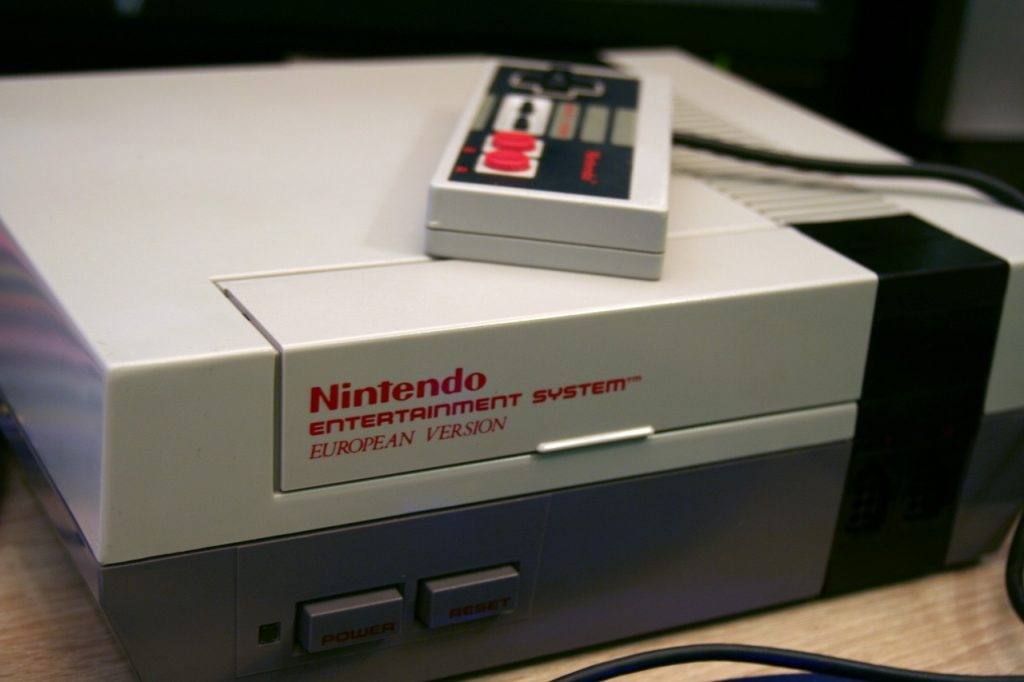
It was 1979 when Nintendo opened its first American subsidy in New York City. The significance of this is big. They also created a new department whose sole focus was arcade games development. In 1980, patience and persistence paid off and they released one of the very first handheld gaming systems, the Game & Watch. This led directly into what would become their future.
The first time fans would see the Jumpman would be in the massively popular Nintendo release of Donkey Kong in 1981. This was one of the first platform video games that allowed characters to jump. A closer look at Jumpman and you’d probably notice something familiar about him. He resembled someone we all know and love – Mario.
Of course, Jumpman wouldn’t become Mario for a little while longer. Mario, by the way, was named after Mario Segale, Nintendo’s building landlord in Tukwila, WA. Another fun note, when Mario was crafted for Donkey Kong, Nintendo was intent on using the Popeye the Sailor Man character. But Nintendo ran into difficulty trying to obtain Popeye’s licensing rights, so instead, Mario was created. What a big win that was for Nintendo.
THE NINTENDO BOOM
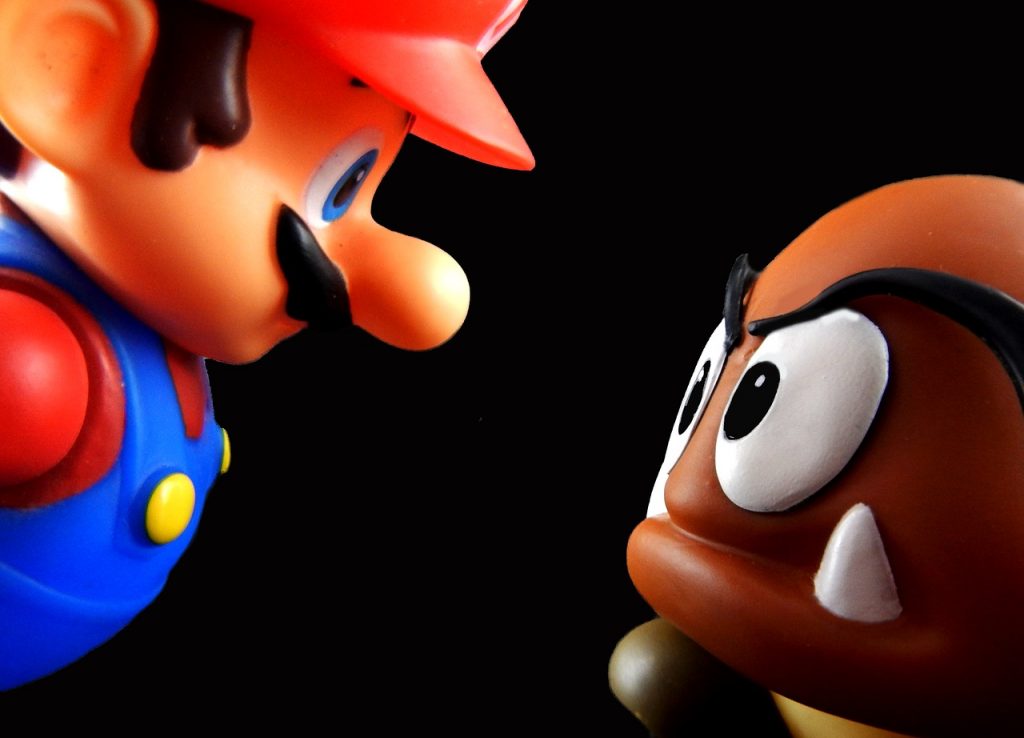
It would be easy to end it all right now with a happily ever after, but it’s never that easy. Yes, Nintendo blew up and by that we mean it BLEW UP. Mario was just the tip of the iceberg, their popularity soared throughout the Mid-1980s well into the 1990s. Not only was Mario taking the world by storm, but they also began to introduce more classic characters.
Link and Princess Zelda from The Legend of Zelda was one. Then there was Samus, Kirby, Princess Peach, Wario, and of course, Mario’s brother Luigi. There is also a little rascal known as Pikachu (whose trademark rights were later purchased by Nintendo from The Pokemon Company).
Nintendo also decided to cash in on the Mario boom with the 1993 film, Super Mario Bros. In it they had Bob Hoskins play Mario while John Leguizamo played Luigi. Samantha Mathis portrayed Princess Daisy and Dennis Hopper played bad guy Bowser. The movie was not the hit they expected.
FROM GAMES TO GAMING SYSTEMS
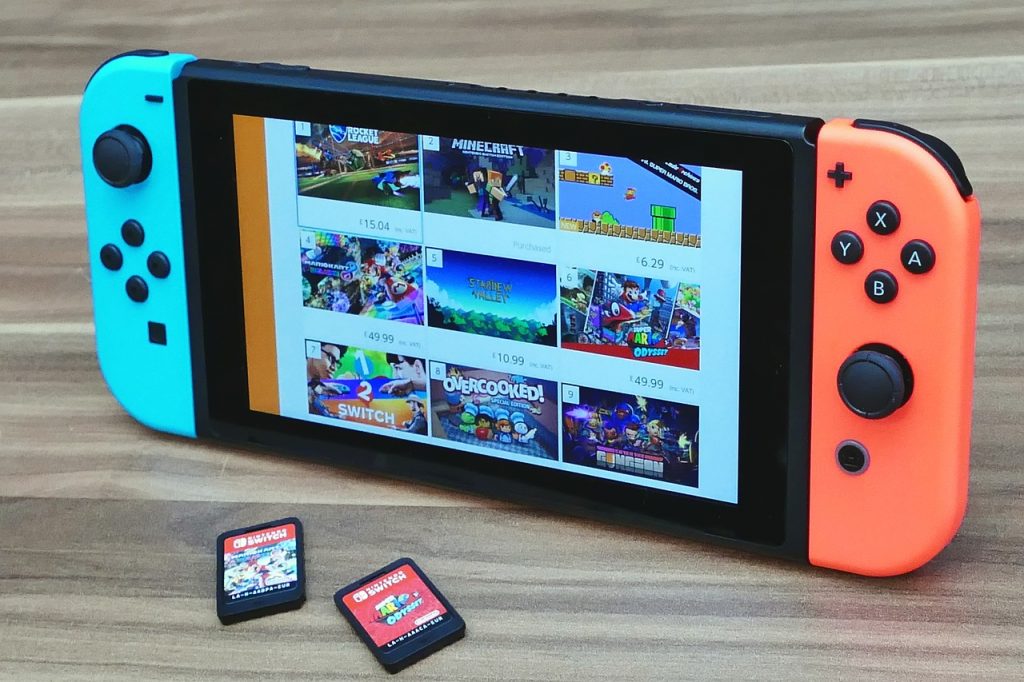
The video games were big but so were the video game systems. The Nintendo Entertainment System (NES) was released in 1985 and from there, the system continued to grow and get infinitely better.
Super Nintendo came next and along with that, Nintendo introduced the Game Boy. It was the very first handheld gaming system that was compatible with interchangeable gaming cartridges.
Nintendo 64 was up next, along with Virtual Boy and Game Boy Color. Some of these were hits while some were not. Game Boy Advance was, Game Cube not really. But it didn’t stop Nintendo. The handheld DS and the Wii followed, and they both were incredibly popular.
NINTENDO TODAY
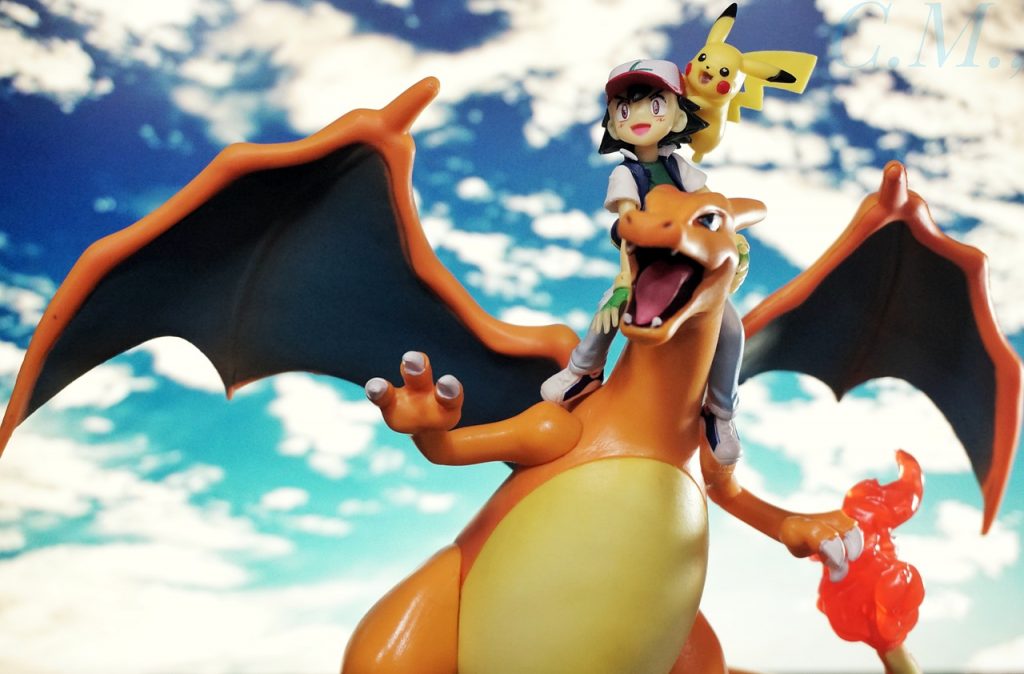
Today, Nintendo still has a large following. In 2017, they released the extremely popular Switch, another handheld gaming system that offers the convienence of playing both at home and on the go.
Always looking for new streams of revenue, Nintendo began looking into amusement parks. In 2020, Super Nintendo World opened at Universal Studios Japan and there are plans for another Super Nintendo World to go up at Universal Studios Hollywood.
The Switch is still their top-selling device, and you can get all the Mario, Luigi, and Legend of Zelda action you can handle. They may no longer hold the weight they once did, with Microsoft’s Xbox and Sony‘s PlayStation dominating the market, but Nintendo is still around to offer great entertainment. And yes, they still sell the Hanafuda playing cards.
